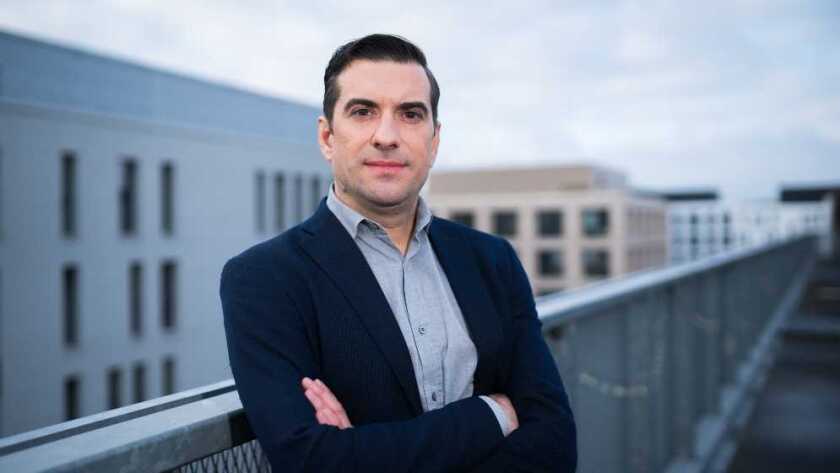DE-CIX Mumbai is now the second largest IX in the APAC region and the largest neutral IX on the Indian subcontinent. How have you achieved this in such a short space of time?
There are several reasons why the DE-CIX Internet Exchange (IX) model has been so successful in the Indian market.
Firstly, our data centre and carrier neutrality is key. We started in Mumbai in 2017, establishing the joint venture DE-CIX Interwire, a company also able to pursue our neutral strategy. Our own market analysis at the time saw India, especially Mumbai, as the digital place-to-be for data traffic. India is a strong digital economy with a growing demand for interconnection services.
Secondly, our infrastructure is second-to-none. DE-CIX India is the only Open-IX certified IX in India, operating the industry’s most robust and advanced interconnection platform. Since its inception, DE-CIX India has constantly expanded the interconnection infrastructure and services, including services specifically for the growing needs of enterprises undergoing digital transformation.
In 2019, we established the IXs DE-CIX Delhi, DE-CIX Kolkata and DE-CIX Chennai, and there’s more Indian locations still to come.
In 2020, due to growing demand, we doubled the backbone capacity in Mumbai, and expanded the network capacity in all Indian markets. We also have a strong Partner Program with Indian data centres and ISPs, extending access to DE-CIX services even further. Today, DE-CIX India interconnects 310+ networks, with a geographical presence in 15 data centres across the country, and peak traffic has doubled in the last year.
How important is the Indian subcontinent to DE-CIX and its overall strategy?
As India is the second largest Internet market worldwide, we see major business and growth opportunities. It also forms an important part of our overall global expansion plan – continued in our Southeast Asian expansion announced in 2019.
In this way, we can serve underserved locations with secure and low-latency interconnection, bringing digital content and applications closer to end-users.
With our Space-IX project, we are also in discussion with LEO satellite operators to support their expansion plans to deliver great Internet experience in regions which are not easy to reach with terrestrial or subsea telecommunication infrastructure, a highly relevant topic also for India.
The adoption of your DirectCLOUD service has clearly helped you to rapidly grow, scale and support more businesses today. What other investments are you making with your services and what benefits will they bring?
Our mandate as DE-CIX is to deliver the best and most reliable interconnection service for India and all other markets across the globe.
Last year, DE-CIX developed and announced the concept of the DE-CIX Enterprise Interconnection Federation, allowing enterprises to create their own interconnection ecosystem (Closed User Group) based on their specific security, performance and compliance requirements. So, for instance, a bank can create its own Closed User Group in the DE-CIX ecosystem and invite all its data suppliers and buyers – like data analytic companies, transaction providers, cloud connectivity providers, and corporate and residential Internet access providers – to interconnect with the bank’s network directly and DDoS-free in its own secure environment. This increases dramatically the performance, efficiency and security of data exchange.
Looking at the future of interconnection, services and digital infrastructure, what trends do you predict for the industry over the coming years?
The accelerated pace of enterprise digitalisation is a key factor for future economic growth. As economic activity moves to the digital sphere, there is one thing in common for all digital applications – from the virtual desktop, telemedicine, e-manufacturing, and e-agriculture, to the digitalised car: they depend on the best performance, meaning latency must be as low as possible, and connections to other networks must be resilient and secure.
Therefore, enterprises should exchange data near where it is generated or needed – which is why we are working to deliver interconnection services in as many locations around the world as possible, getting closer to people and business.





